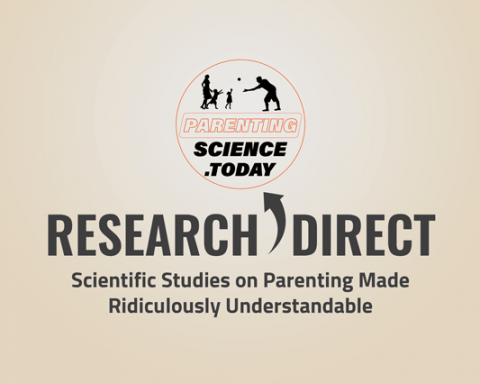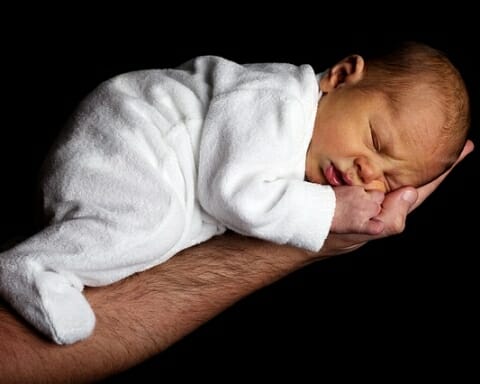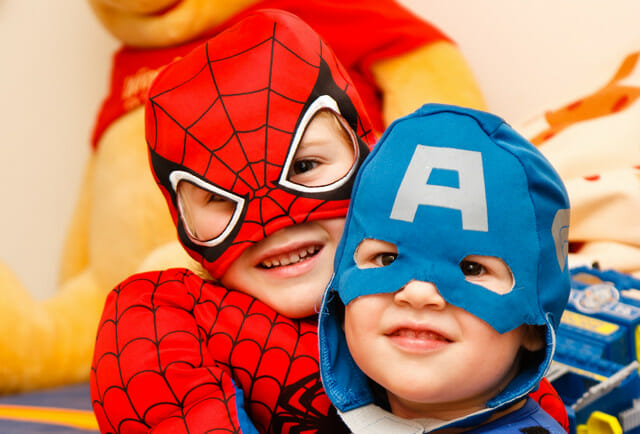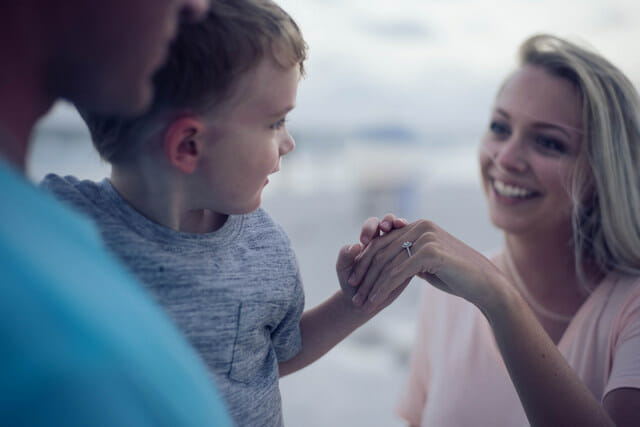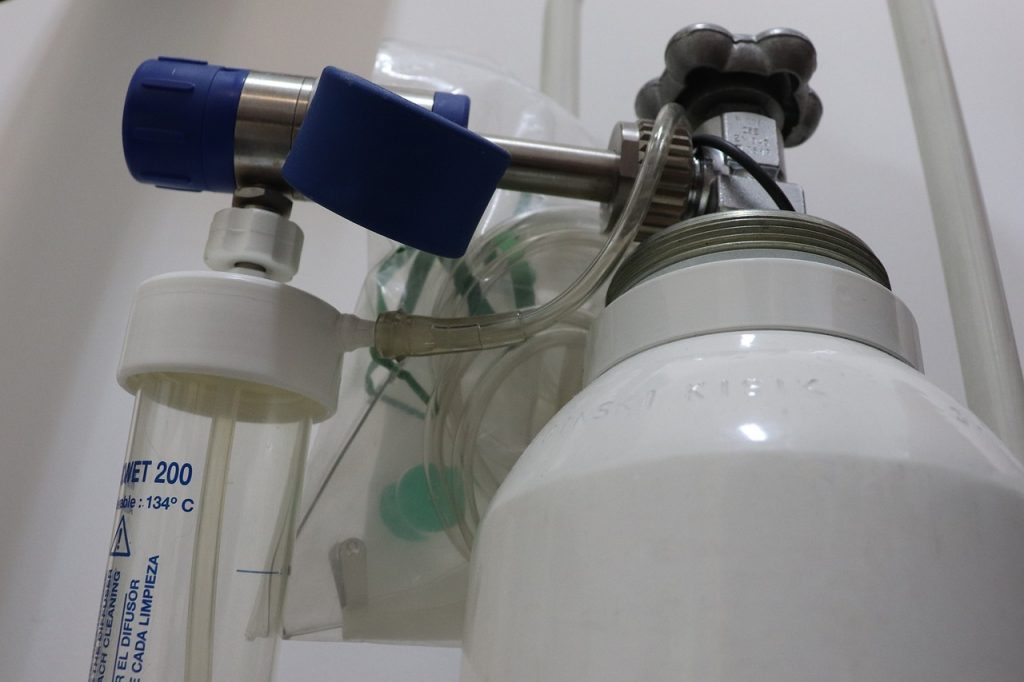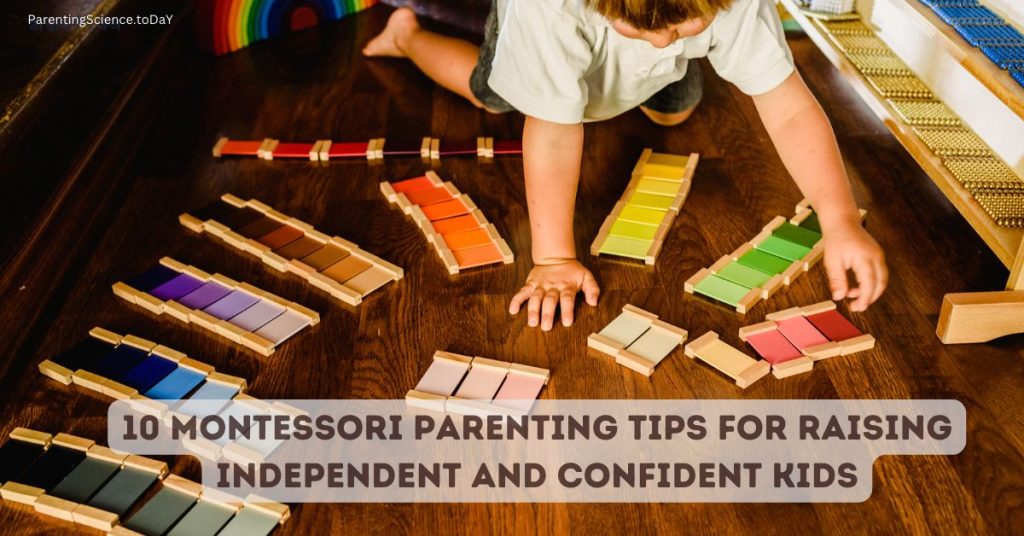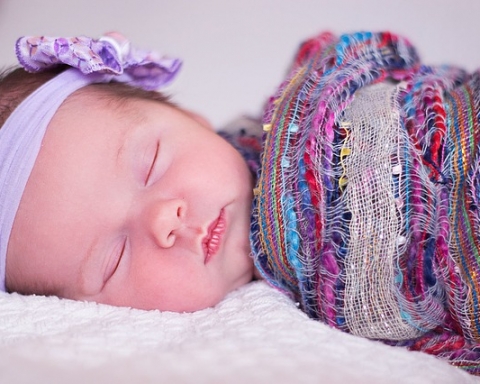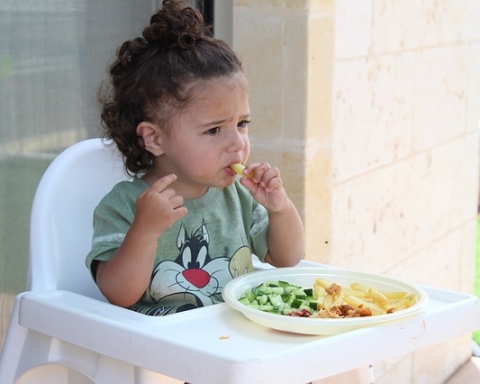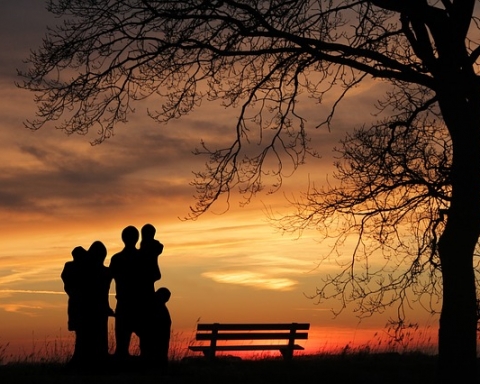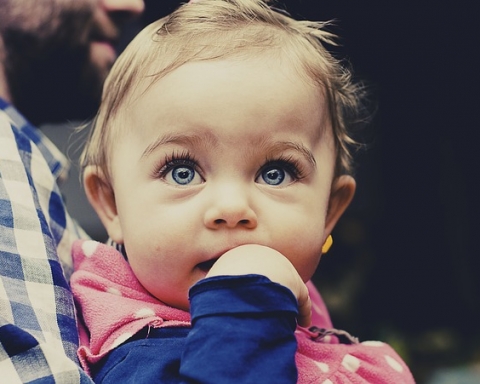Most parents love sleeping with their newborn babies. Not only do they enjoy having their children around, but they also feel like they are protecting them. But are they really safer in the parents’ bed?
Although the occurrence of sudden infant death syndrome seems to have decreased in recent years thanks to campaigns promoting adequate sleep techniques and more parent training, the proportion of infant deaths related to suffocation or preventable causes is increasing.
A recent study found that while other infant deaths were decreasing by about 20 percent per year, deaths diagnosed as mechanical asphyxia were increasing on average by about 3.7 percent per year. Other studies have described how suffocation deaths may have occurred in several types of childhood sleep environments.
Investigating Sleep Environments for Infants
Some American researchers performed a study called “Where Should Infants Sleep? A Comparison of Risk for Suffocation of Infants Sleeping in Cribs, Adult Beds, and Other Sleeping Locations” to find out the real reason for the increase in infant deaths. They attempted to determine whether the number of sudden infant deaths from asphyxiation (in cribs, adult beds, sofas, chairs, or other sleeping surfaces) increased due to a superior number of reports, a change in diagnosis, or an actual increase in deaths from suffocation. Specifically, they compared the risk of accidental asphyxia on sleep surfaces designed for babies versus on adult beds.
The researchers searched three databases to identify suffocation cases among infants eleven months old or younger from 1980 to 1983 and from 1995 to 1998. They chose this age interval to be sure that they were comparing infants of the same age. Cases were obtained through the Death Certificate, Injury and Potential Injury Incidents, and In-depth Investigations databases. The search produced 3,081 cases. After eliminating duplicate cases and out-of-reach cases and then setting an age limit of eleven months, 1,396 cases were available for analysis.
Two expert assessors independently classified each death in terms of the specific suffocation pattern based on the narration of the report. The concordance rate was 96.4 percent for all sleeping places and 98.4 percent for cribs, adult beds, and sofas/chairs. The sleeping location was identified from the narrative in the death certificate, injury, and potential injury report, or in-depth investigation. The information for a series of variables, including age, sex, race, state, electronic code, and date of death, was also available. The race was dichotomized into white and minority categories consistent with accepted practice. Blacks represented approximately 92.3 percent of the total. To facilitate the study, the year was divided into only two seasons: winter (October to March) and summer (April to September).
What Did They Find?
Their main findings were that the number of reported deaths by infantile asphyxia, particularly in younger babies sleeping in adult beds or on sofas or chairs, increased dramatically in the 1990s. Most of these deaths were attributed to entrapment. During this same period of time, there was also a substantial decrease in deaths due to suffocation in cribs. In fact, the risk of suffocation among babies in adult beds was forty times higher than the risk of suffocation in cribs.
Those who wish to share a bed with their babies should be aware of the particular risks, such as falling between the bed and the wall, and the dangers associated with soft bedding. The data indicates that there were more children dying in adult beds and on sofas or chairs than everyone was aware of in the 1980s. Some alleged experts suggest that the risk associated with falling and entrapment could be reduced by pushing an adult’s bed near the wall. However, this has not been proven effective; in fact, it is known to cause infant deaths, so it must be discouraged.
Parents should think twice before sharing a bed with their baby since it can be unsafe. For additional information about appropriate sleeping locations for children, consult your pediatrician.
References
Scheers, N. J., George W. Rutherford, and James S. Kemp. “Where Should Infants Sleep? A Comparison of Risk for Suffocation of Infants Sleeping in Cribs, Adult Beds, and Other Sleeping Locations.” Pediatrics 112, no. 4 (2003): 883–889. Retrieved from http://pediatrics.aappublications.org


